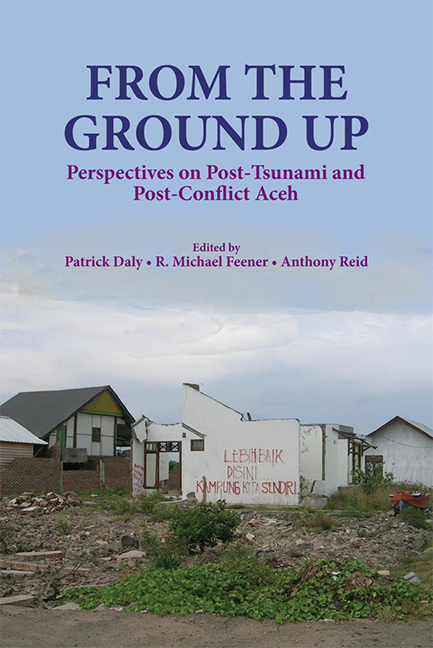1 - The Sunda Megathrust: Past, Present and Future
Published online by Cambridge University Press: 21 October 2015
Summary
After lying dormant for about a thousand years, the sudden slippage of a 1,600-km long section of the Sunda megathrust fault caused uplift of the seafloor between the Indonesian island of Sumatra and Myanmar, resulting in a great earthquake and the horrific Indian Ocean tsunami of 2004. Three months later and just to the south, the slippage of a 350-km length of the same megathrust beneath Simeulue and Nias islands caused another destructive great earthquake and a lesser tsunami. While research indicates that it may be several hundred years before these areas experience another catastrophic earthquake, there are other highly populated areas along the Sunda fault that are vulnerable. It is imperative that we better understand the tectonic processes at play in the region, so that informed steps can be taken to promote disaster mitigation programmes, and avoid the scale of casualties caused by the 2004 earthquake and tsunami.
This chapter first provides a basic overview of what happened on 26 December 2004 from a geological perspective. This is in part to better contextualize the chapters in this volume that deal with the aftermath of the tsunami and also to situate my ongoing research in the region. I then discuss possibilities for future massive seismic events in the Indian Ocean region, drawing on several years of research. Finally, I make suggestions about how best to utilize this scientific knowledge to protect communities living in vulnerable coastal areas.
Similar future losses from earthquakes and tsunamis in South and Southeast Asia could, in theory, be substantially reduced. However, achieving this goal would require forging a strong chain that links knowledge of why, when and where these events will occur to people's everyday lives. The post-mortem of the 2004 disaster makes clear that the most important links in this chain are recognition and characterization of hazards through scientific research, then public education, emergency response preparedness, and improvement of infrastructural resilience.
- Type
- Chapter
- Information
- From the Ground UpPerspectives on Post-Tsunami and Post-Conflict Aceh, pp. 1 - 22Publisher: ISEAS–Yusof Ishak InstitutePrint publication year: 2012

